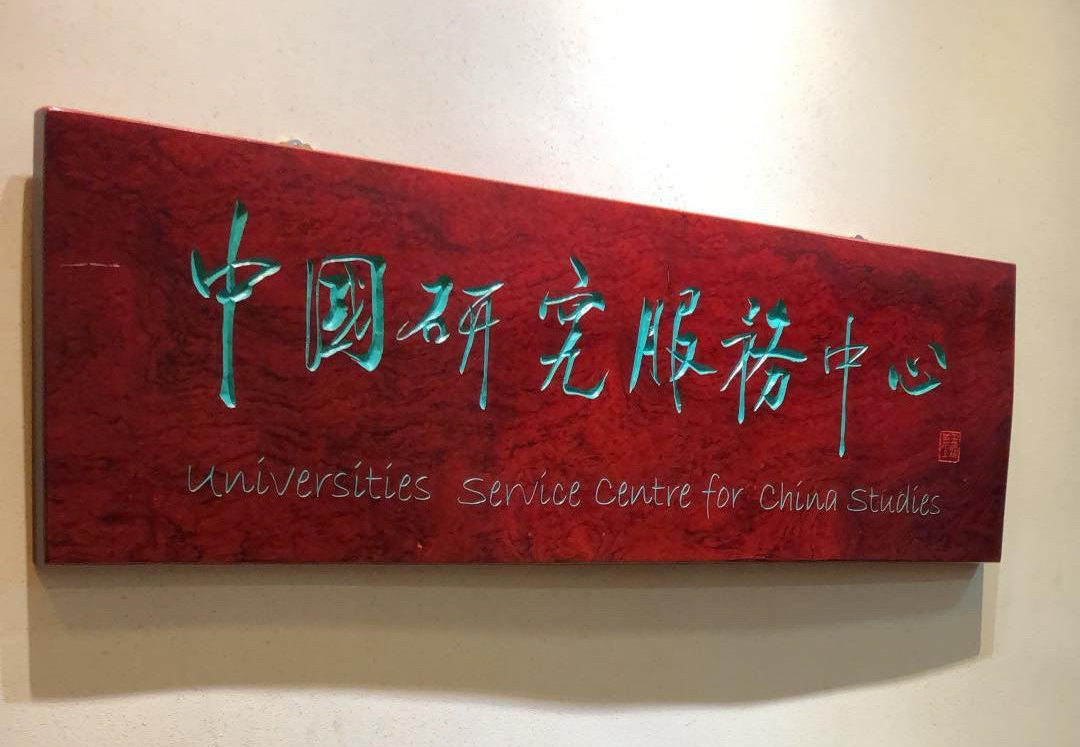Last year, I commented on a policy report assessing the state of China studies in Australia. In fact, there are more available analysis across the globe. This article will present three articles/reports that are released in the last few years.
(Report) University Engagement with China: An MIT Approach
In an era of heightened global tensions, MIT grapples with the evolving landscape of its relationship with China. The unpredictable outlook stems from China’s increasingly stringent political climate, escalating geopolitical rivalries, and concerns over exploitation of American university research by Chinese interests. While the focus is on China, the findings extend to MIT’s interactions with other countries.
Indeed, collaborations in research and education with international partners, including China, have been pivotal for US research institutions. However, as the US-China rivalry tightens, universities must brace for strained relations, especially in scientific fields converging with national security and human rights concerns.
The challenge for these institutions, like the MIT, lies in balancing these pressures without compromising open scientific research and intellectual exchange. The report proposes a strategic approach involving selective engagement with targeted risk assessment and management to safeguard U.S. interests.
First, the report emphasises the need for cautious collaboration. It recognises that good intentions may not ensure positive outcomes. Despite geopolitical tensions, the report advocates for continued academic relations with China. Primarily, this is because of the potential benefits for American science, technology, and innovation.
Second, the report emphasises the importance of open scientific research. The report calls for reversing the decline in support and urges US universities to develop new risk management capabilities. While federal policies are necessary, the report stresses that university-level actions are equally crucial to safeguard education, research, and innovation.
As a whole, the report is indeed specific to MIT as an institute. Still, it underscores the imperative for both institutional and governmental actions to navigate the complexities of international relations in the realm of education and research with China.
(Report) China Studies in North America: A report on survey research by the Luce/ACLS Advisory Group 2021
This is a report published by the American Council of Learned Societies in 2021. It is based on a comprehensive survey encompassing scholars at various career stages in China studies, particularly on PhD and early career researchers.
Out of the 1,300 surveys dispatched, the report received around 400 responses. This provides a valuable snapshot of the field’s dynamics in North America. The report finds that, there is a robust interest in China studies in America, evident in increased course offerings in the last five years. However, respondents highlighted significant barriers such as language and cultural complexities, along with political and geopolitical pressures impacting early career steps.
The report has five parts: recent changes in higher education in China studies, training China studies PhDs, anticipating Future Demand and Challenges, addressing diversity in China studies, and future research. Surprisingly, the study revealed a widespread frustration among scholars. This is due to challenges in obtaining visas, censorship issues, and pressures to engage in self-censorship. Notably, there was also demand for China scholars not only within academia, but also journalism, non-governmental organisations, policy institutes, and government agencies.
Another interesting finding was the rising proportion of scholars of Chinese origin pursuing PhDs and entering careers. This hints at a dynamic shift in the demographic makeup of scholars in the field. As the report unfolds, it provides valuable insights for educators, policymakers. It also aspires scholars navigating the intricate landscape of China studies in the evolving academic and professional landscape.
Overall, this report by ACLS has a much wider implications to our understanding of China studies in America. A worthwhile reading for those who want to pursue the career or conduct research in the field.
(Article) The Evolution of American Contemporary China Studies: Coming Full Circle?
David Shambaugh published a state of the field for China studies last year. Notably, while there are numerous states of the field within China studies, none of them examine the field as a whole. This is reasonable, given that the state is so broad.
Shambaugh suggests that there are six distinct generations of scholarship in China studies over the past seven decades. This evolution has been shaped not only by internal changes within the China, but also shifts in US scholarly disciplines, domestic politics, and the dynamic landscape of US-China relations.
The inaugural generation, emerging in the early years of the PRC, grappled with understanding of the regime and its policies. It was constrained by limited information access and minimal direct engagement with China. Then, the second generation, born amidst the Cold War tensions of the 1960s and 1970s, viewed China as a formidable adversary. Scholars focused on countering and undermining the communist regime. It is driven by the imperative to comprehend the enemy.
The third generation, commencing in the late 1970s concurrent with Deng Xiaoping’s reforms. The field shifted its focus to understanding China’s economic transformations, societal shifts, and foreign policy. This era embraced a more nuanced and multidisciplinary approach to studying China.
During the 1990s to the early 2000s, The field witnessed an expanded scope. Scholars embraced comparative and interdisciplinary perspectives. Then from the early 2000s to around 2012, marked a further broadening of the field. Scholars deepened their engagement with Chinese sources and conducted fieldwork within China’s borders. Primarily, this is due to China’s ascent as a global power, and more sources available.
This leaves us the current, sixth generation, emerging around 2012, reflects the era of Xi Jinping’s rule. As Shambaugh comments, the current period has led to a contraction of research opportunities for American scholars within China. As a result, challenges persist, particularly in accessing source materials and conducting field research within China, which are similar to the first generation of China studies research.
Overall, this article provides a general overview for China studies, sparking more discussion regarding the future of the field.

